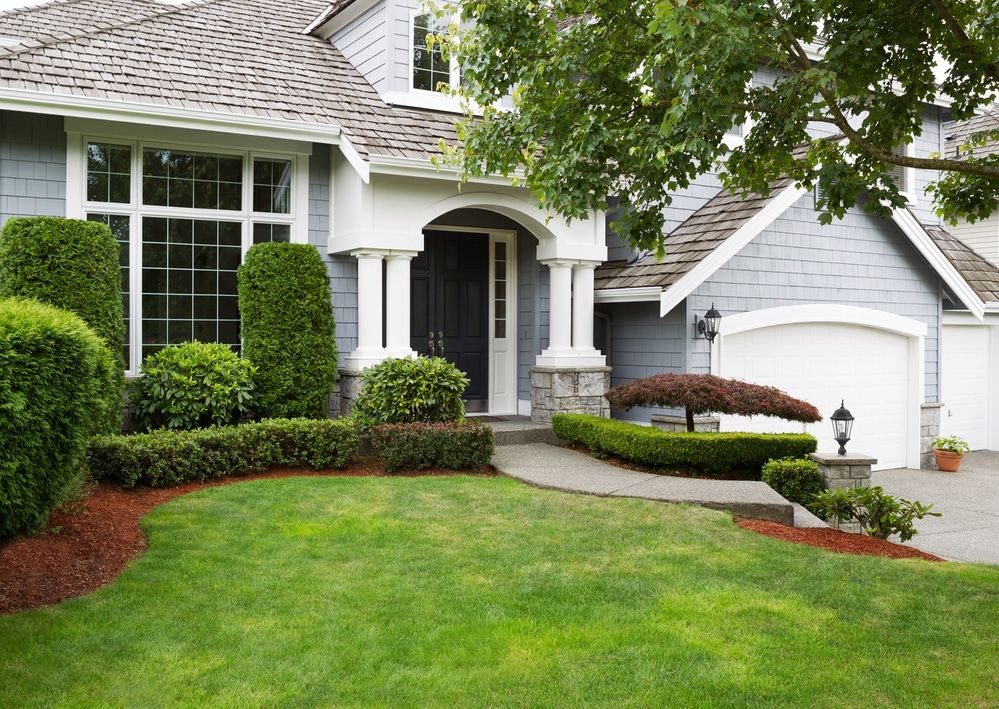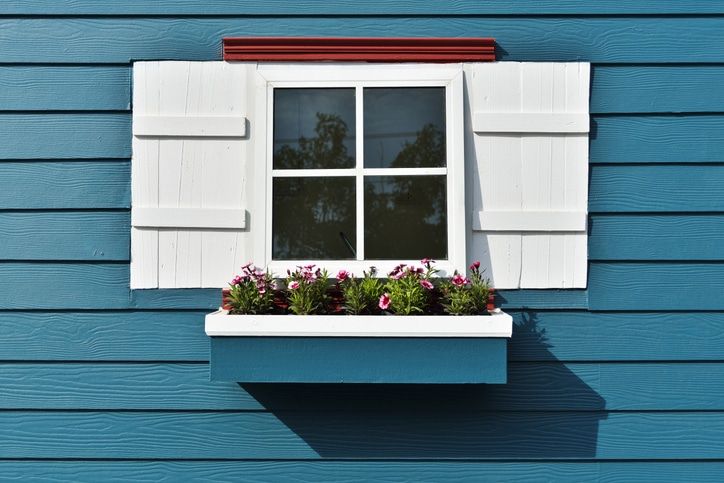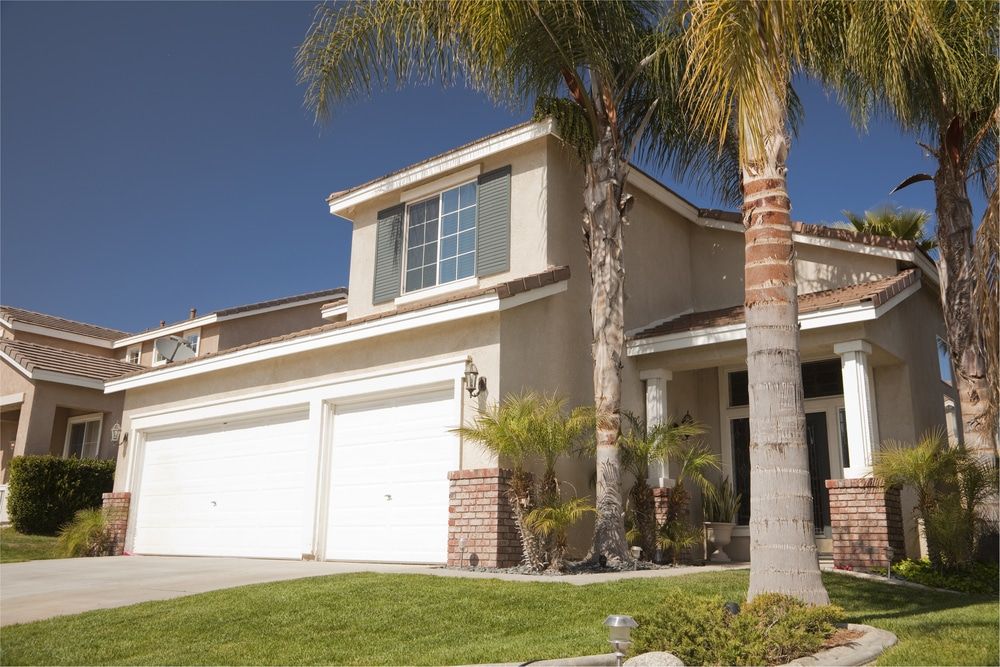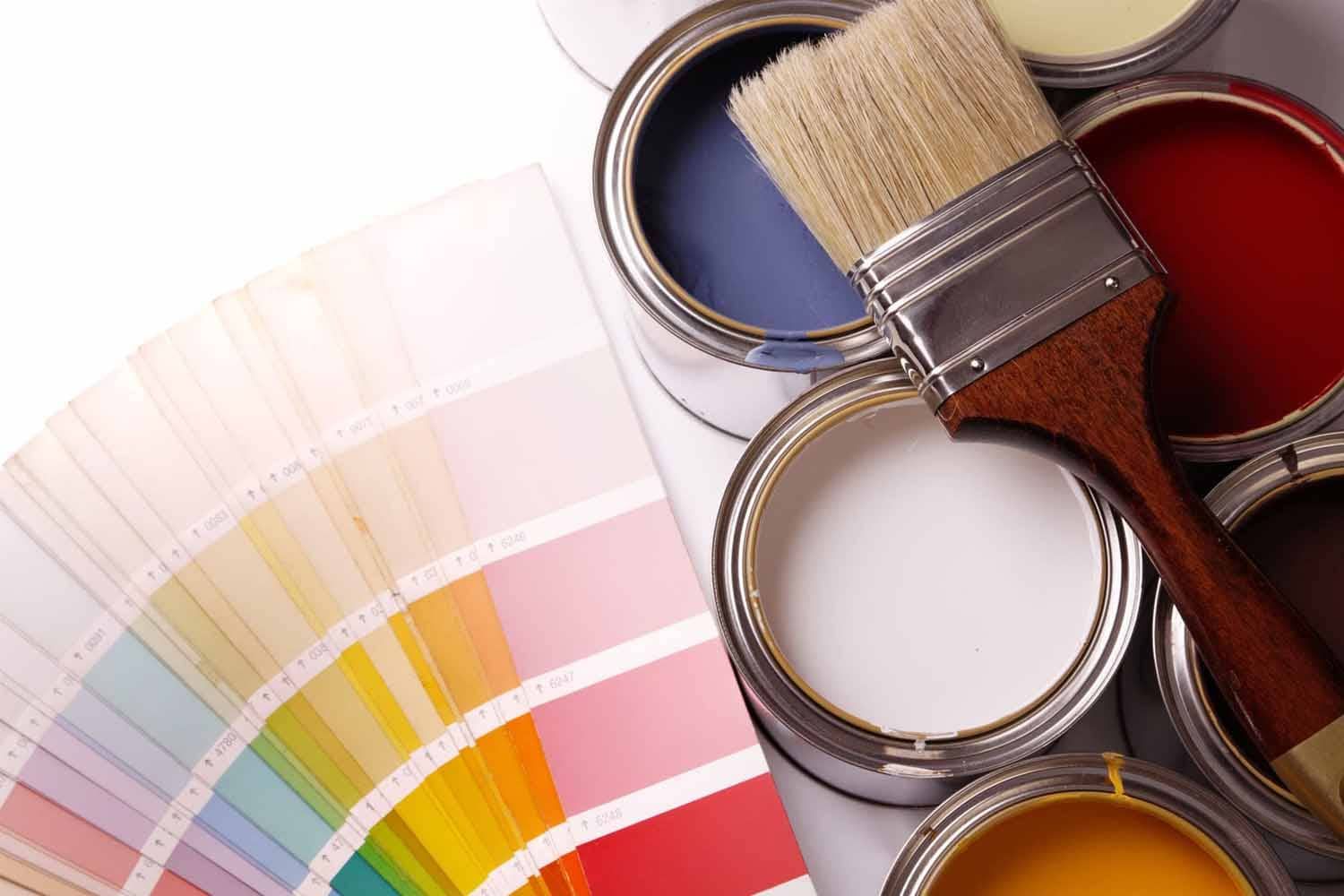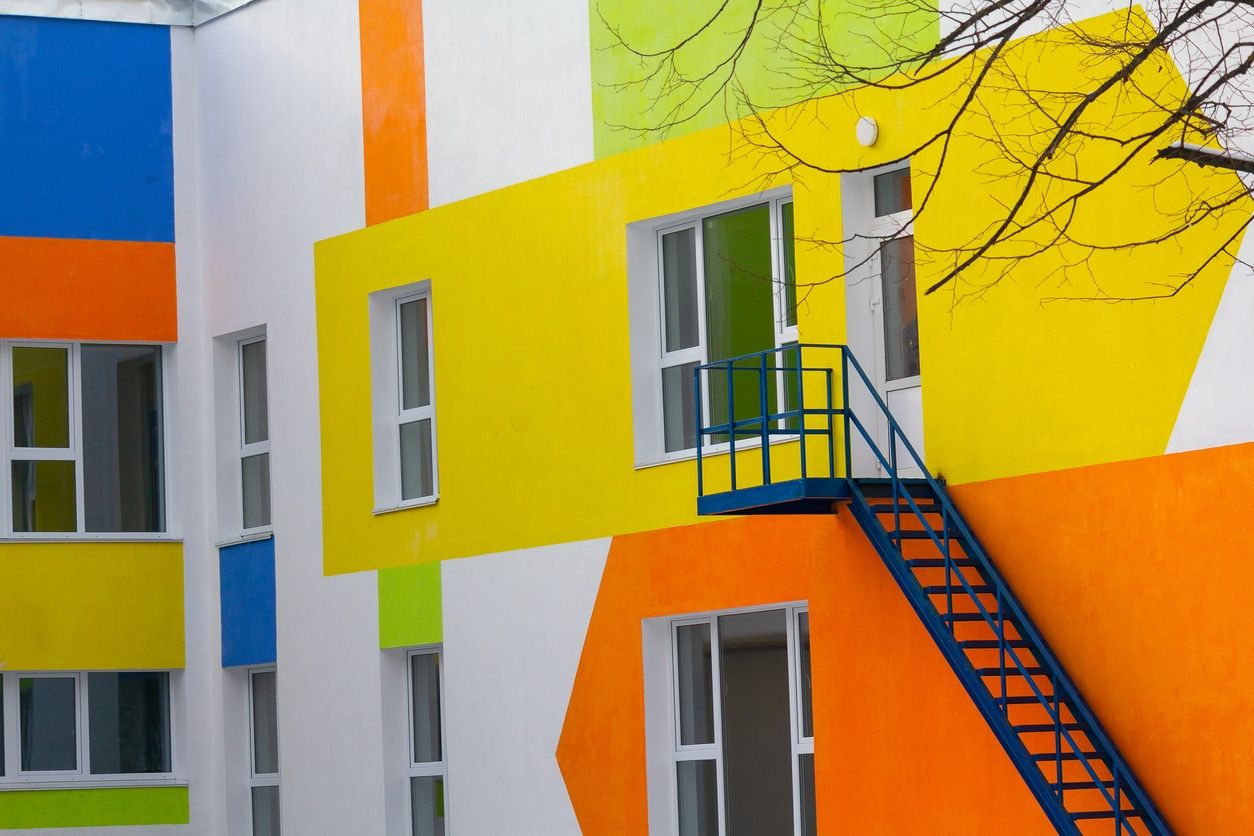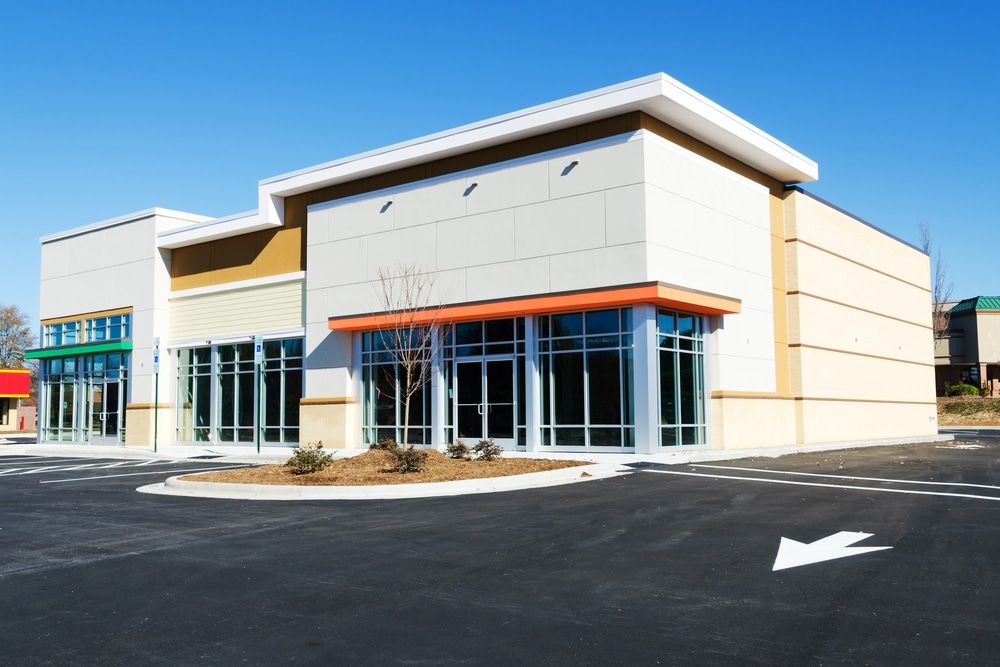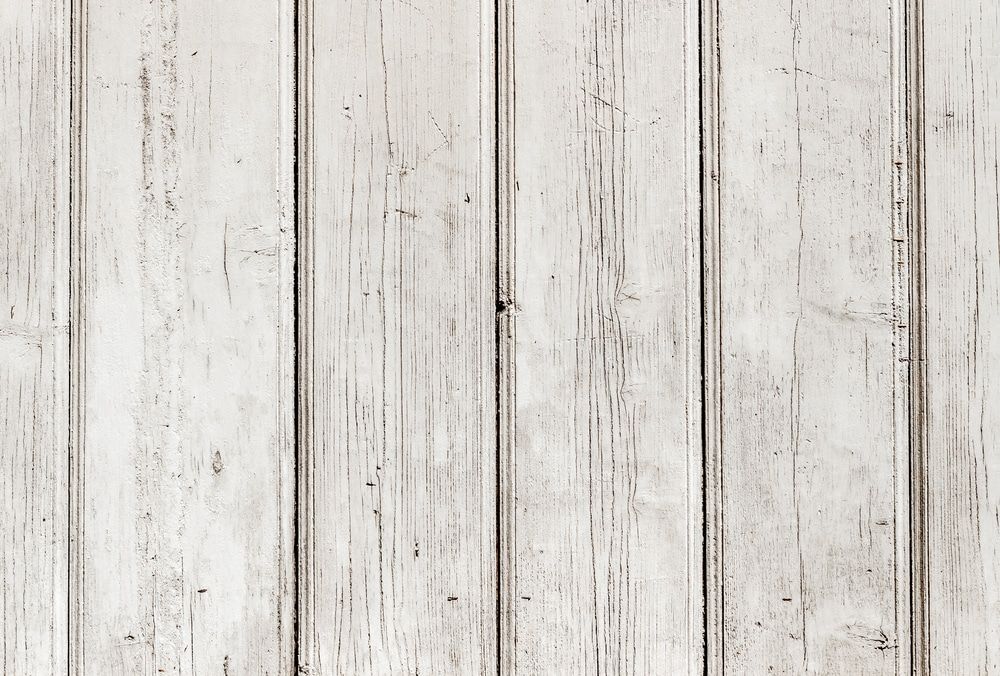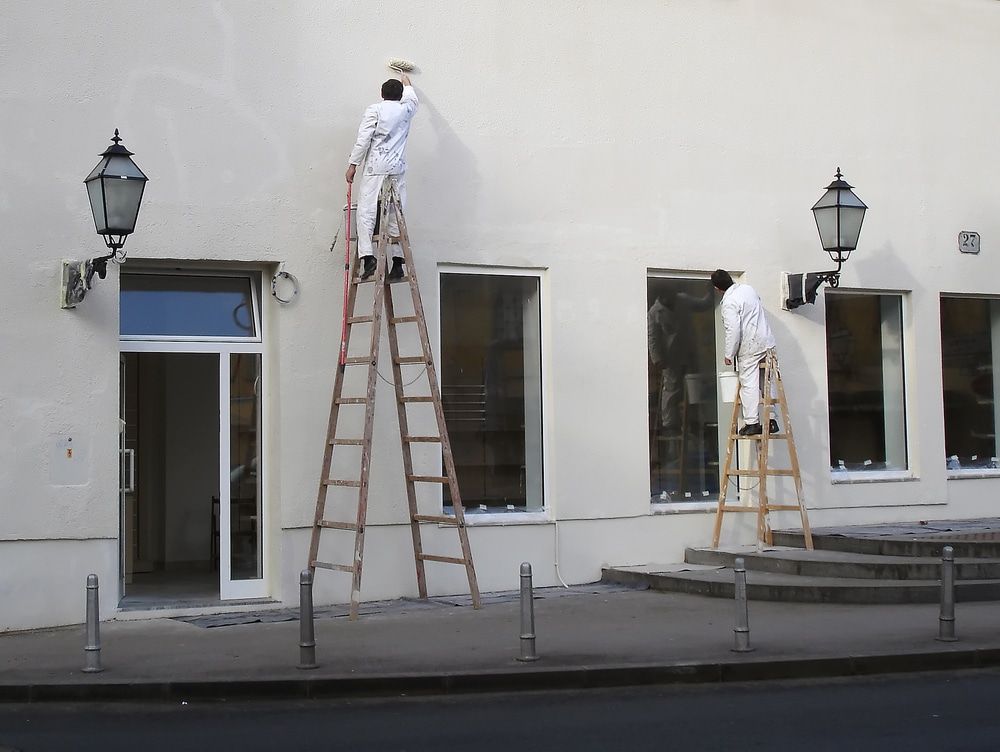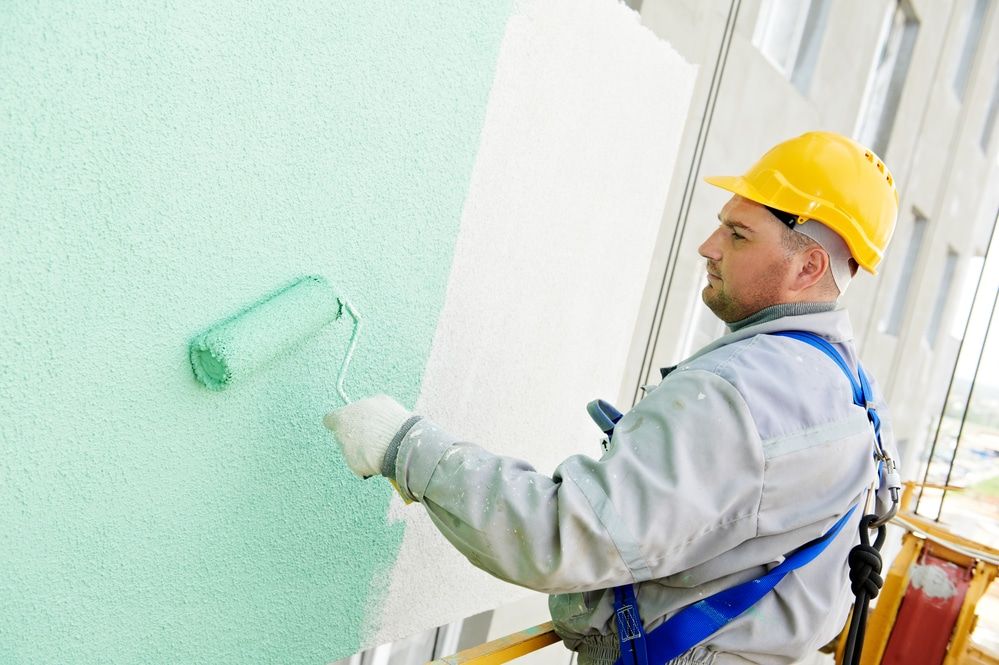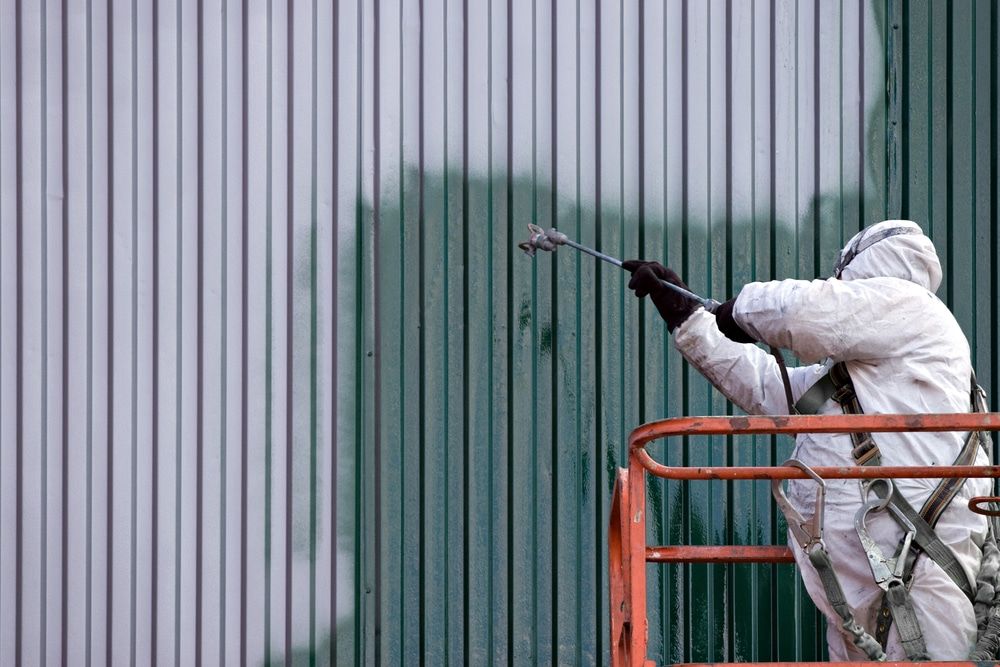How Can I Avoid Having to Paint My Home Prematurely?
Most paint jobs should last approximately 6 to 8 years on average, although every house is different, and many factors can affect the paint job. After investing in a fresh paint job for your home, it’s only natural that you want it to last and want to avoid having to repaint your home again too soon. Here are some crucial tips to make your paint last longer.
Looking for residential painters Orlando?
How to Extend Your Paint Job
Proper Preparation
When it comes to painting, the prep work that’s needed can’t be underestimated. Good painters know that proper preparation is critical to the overall paint job. The surfaces need to be cleaned and thoroughly dried before painting starts. Surfaces also need to be properly sanded, and any peeling paint needs to be scraped off. The more time and effort put into the initial preparation of the surfaces, the longer your paint should last.
Using a Primer
A good primer can also help your paint last longer and give your surfaces a smoother appearance. When a primer is used, the paint can adhere to surfaces more effectively while the chances of bubbling, flaking, and chipping are reduced.
Use High-Quality Paint
Some companies tend to quote a low price for their paintwork, but they’re often cutting corners by using low-quality paint. We only use high-quality paint that can withstand the weather and sunlight exposure. High-quality paint also gives a more vibrant look since they tend to have a higher level of pigment. In the long run, you’ll find that high-quality paint will mean that you won’t have to fork out more money for repainting so soon.
Correct Application
Professional painters know that there’s a lot that goes into an excellent paint job, more than just slapping on some paint in a DIY attempt. There are specific application techniques that we use to ensure that the paint is applied correctly. You can’t have too much paint applied with each layer, and you can’t just paint over the same spots repeatedly. If you want a paint job that will last, leave it to our professional painters instead of attempting to do it yourself.
Take Note of Damage in Other Parts of Your Home
Most homeowners don’t realize that other issues in their homes can affect the paint. For example, if your roof is leaking or your bathroom is not well-ventilated, your paint can start to peel or develop mold. Hence, it’s crucial to tackle other house repair issues quickly before they start to affect your paint and cost you even more money in repairs.
Conclusion
Painting your home is a big project, and you don’t want to have to do it again prematurely. Your best bet is to go with local professional painters like us with years of expertise and knowledge in painting homes here in Florida. Call us today to enquire about painting your home with us, and know that you can expect a quality job that will last.
